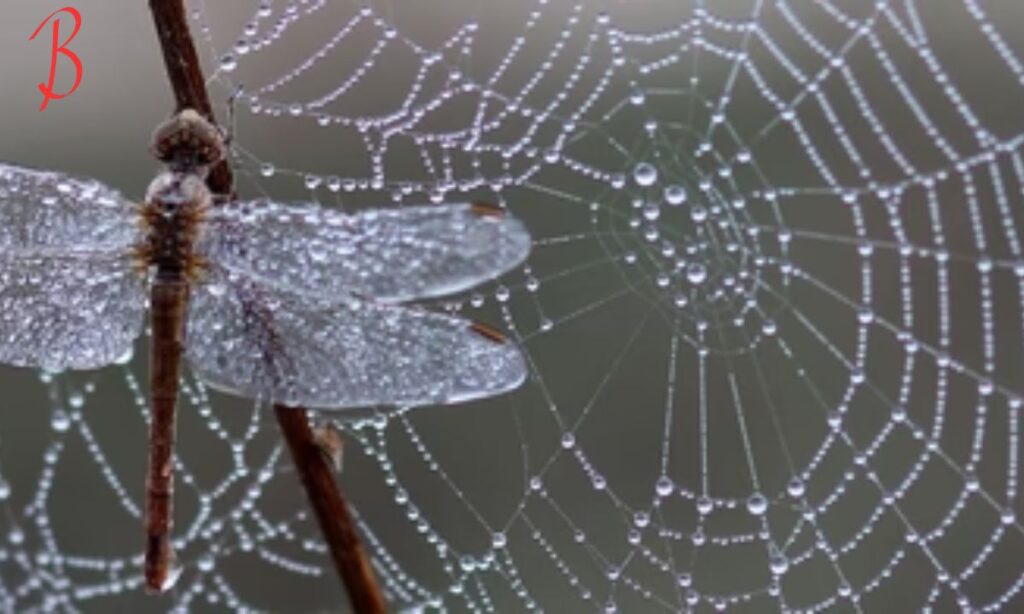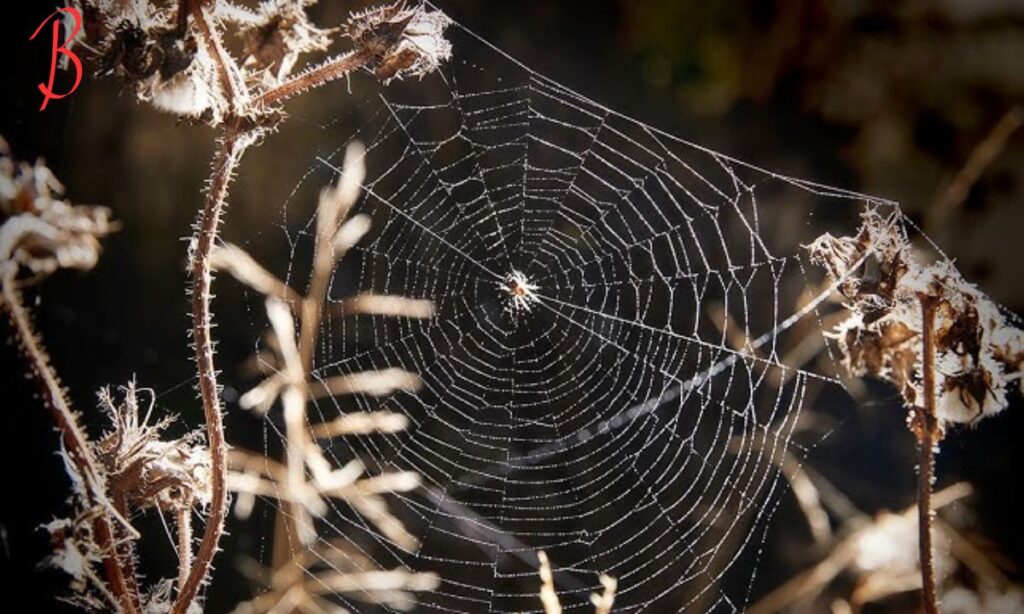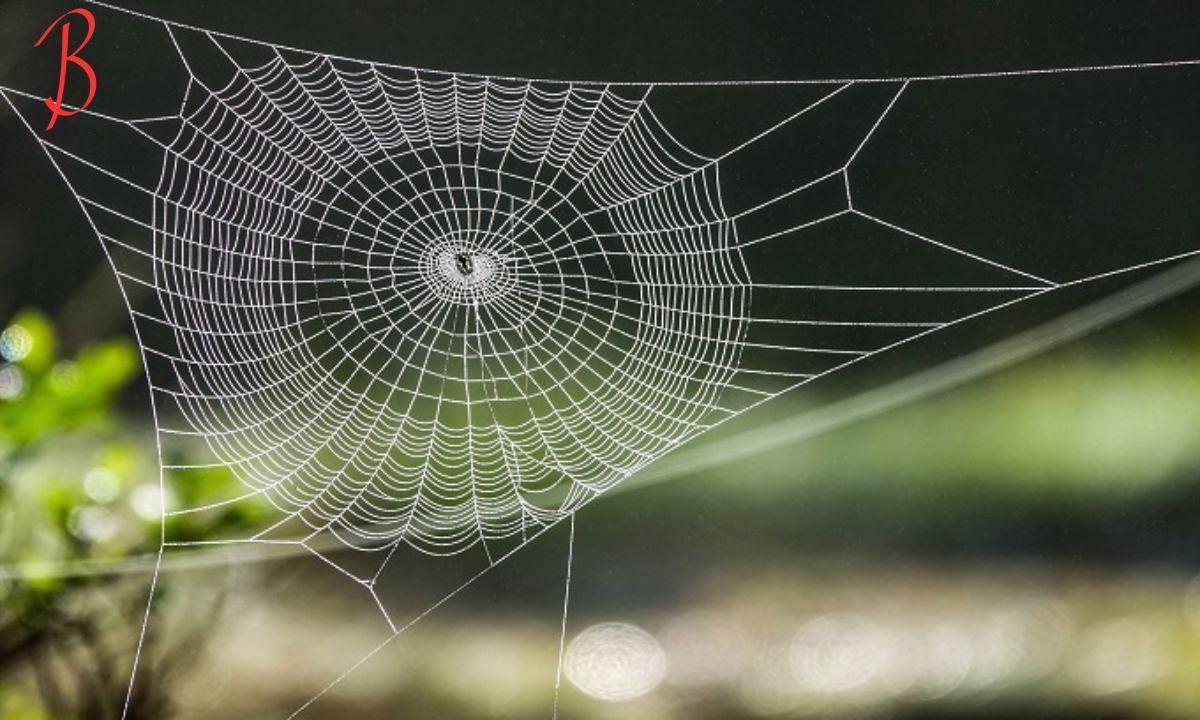Lesy and Spiderweb are two enchanting natural phenomena that showcase nature’s artistry. Lesy, often found in mystical forests, form when moisture-laden air cools, creating delicate ice crystals on branches. This frosty spectacle glimmers beautifully, adding an ethereal quality to the landscape.
In contrast, spiderwebs are woven by spiders using silk produced from specialized glands. These intricate webs serve both as traps for insects and stunning displays of natural engineering. Together, lesy and spiderwebs highlight the complexity and interconnectedness of ecosystems, reminding us of the delicate balance in nature.
The Formation of a Lesy and Spiderweb
The formation of lesy occurs in enchanted forests when moisture-laden air interacts with cooler temperatures. As the temperature drops, water vapor condenses on tree branches and leaves, creating beautiful ice crystals that resemble delicate frost patterns. This process results in shimmering displays that transform the landscape into a winter wonderland.
Spiderwebs are crafted by spiders through a fascinating biological process. Spiders produce silk from specialized glands, which hardens upon exposure to air. Using this silk, they weave intricate webs designed to trap prey. The patterns can vary widely, showcasing the spider’s artistry and engineering skills.
Both phenomena reflect nature’s ingenuity and beauty. While lesy captures the elegance of frost, spiderwebs highlight the intricate designs of arachnids, each telling a unique story of survival and adaptation in their environments.
Read This Blog: Why CFBWH is Revolutionizing Community-Building Efforts
Similarities and Differences between Lesy and Spiderweb

Lesy and spiderwebs both exemplify the artistry found in nature, showcasing intricate designs that captivate observers. Both phenomena emerge from specific environmental conditions: lesy forms from moisture and cold temperatures, while spiderwebs are created through the silk produced by spiders. This shared reliance on environmental factors highlights the interconnectedness of ecosystems.
Despite their similarities, lesy and spiderwebs differ significantly in appearance and function. Lesy appears crystalline and delicate, resembling frost on trees, while spiderwebs exhibit a tactile strength with their silk threads. Additionally, lesy serve to insulate plants during winter, whereas spiderwebs function primarily as traps for insects.
Both play crucial roles in their ecosystems. Lesy supports biodiversity in forests, while spiderwebs contribute to natural pest control, illustrating nature’s balance and the importance of each phenomenon.
The Ecological Importance of Lesy and Spiderweb
Lesy and spiderwebs play vital roles in their ecosystems, contributing to biodiversity and ecological balance. Lesy, often found in enchanted forests, provide essential habitats for various species, including birds, insects, and mammals. The frosty formations help insulate plants during harsh winters, promoting survival and ensuring a thriving ecosystem.
Spiderwebs are equally important, serving as natural pest control mechanisms. By capturing flying insects, spiderwebs help regulate populations that could otherwise harm crops or spread diseases. This natural pest management reduces the need for chemical pesticides, benefiting both agriculture and the environment.
Together, lesy and spiderwebs illustrate the interconnectedness of nature. They highlight how each element supports the health of ecosystems, emphasizing the importance of preserving these natural wonders for future generations.
Read This Blog: Top 5 Reasons Why WAAA-117 Matters in Your Field
Unusual Facts about Lesy and Spiderweb
Lesy are not just beautiful frost formations; they are steeped in folklore, particularly in Slavic cultures, where they are considered magical landscapes. These forests can host ancient trees that have lived for thousands of years, making them vital for biodiversity and ecological history.
On the other hand, Lesy and Spiderweb showcase remarkable engineering feats. A single strand of spider silk can be five times stronger than steel yet incredibly lightweight. Some spiders even produce silk that changes properties based on environmental conditions, demonstrating adaptability.
Both phenomena inspire artists and writers alike, often symbolizing the delicate balance of nature. From paintings to poetry, lesy and spiderwebs reflect humanity’s deep connection to the natural world and remind us of the intricate beauty surrounding us.
Preservation Efforts for Lesy and Spiderweb

Preservation efforts for lesy and spiderwebs are gaining traction as their ecological importance becomes increasingly recognized. Conservationists focus on habitat restoration, aiming to protect the enchanted forests where Lesy and Spiderweb thrive. These initiatives often involve replanting native species and managing environmental conditions to ensure the survival of these delicate ecosystems.
Education plays a crucial role in preservation. Community programs and workshops raise awareness about the significance of Lesy and Spiderweb and lesy. By teaching the public to appreciate these natural wonders, conservationists foster a sense of stewardship toward the environment.
Collaborative efforts among local communities, government agencies, and environmental organizations enhance preservation strategies. By sharing knowledge and resources, they promote sustainable practices that benefit both nature and society, ensuring future generations can enjoy the beauty of lesy and spiderwebs.
Frequently Asked Questions
What are lesy?
Lesy are magical frost formations found in enchanted forests. They occur when moisture-laden air meets cool temperatures.
How do spiderwebs form?
Spiderwebs are formed by spiders who secrete silk from specialized glands. The silk hardens upon exposure to air.
Why are lesy important?
Lesy provide habitats for various species and help maintain biodiversity in forest ecosystems.
What role do spiderwebs play in ecosystems?
Spiderwebs aid in pest control by capturing harmful insects, supporting agricultural health.
How can we help preserve lesy and spiderwebs?
Participating in conservation efforts and raising awareness about their ecological importance can help preserve these natural wonders.
Conclusion
In conclusion, lesy and spiderwebs are remarkable natural wonders that exemplify the intricate beauty and complexity of the environment. Their unique formations and ecological roles highlight the delicate balance of the nature, reminding us of the importance of preserving these phenomena. By understanding their significance, we can foster a deeper appreciation for the interconnectedness of ecosystems and the vital functions these structures serve.
As we move forward, it is crucial to support preservation efforts aimed at protecting lesy and spiderwebs. Engaging in conservation initiatives and raising awareness about their ecological importance will help ensure that future generations can experience and cherish these natural marvels. Embracing our responsibility to safeguard these wonders will contribute to a healthier planet and a richer connection to the beauty of nature.






